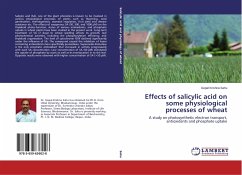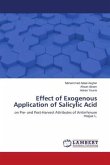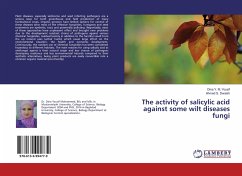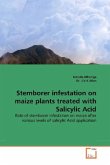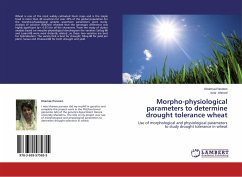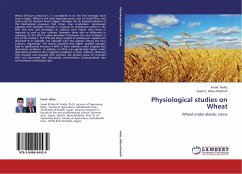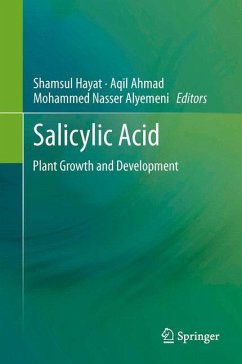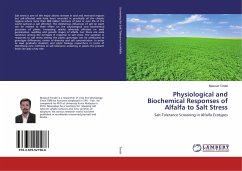Salicylic acid (SA), one of the plant phenolics is known to be involved in various physiological processes of plants such as flowering, seed germination, thermogenesis, stomatal regulation, fruit yield and disease resistance etc. The effects of exogenous SA (50, 500, and 1000 µM) on the thylakoid photo-function, status of various antioxidants, and phosphate uptake in wheat plants have been studied in the present work. Long-term treatment of SA (7 days) to wheat seedling affects its growth, leaf photochemical activities, including the phosphorylation efficiency, and thylakoid organisation. The level of cytochrome f554 declined significantly under the influence of SA. The compound caused the inhibition of haem containing antioxidants more specifically peroxidases. Superoxide dismutase is the only enzymatic antioxidant that increased in activity progressively with each SA concentration. Low concentration of SA (50 µM) stimulated the uptake of phosphate by roots as well as its translocation in to the leaf. Opposite results were observed with higher concentration of SA (50 µM).
Bitte wählen Sie Ihr Anliegen aus.
Rechnungen
Retourenschein anfordern
Bestellstatus
Storno

